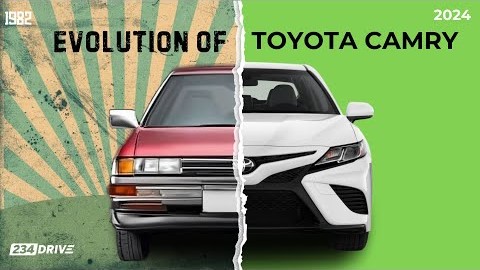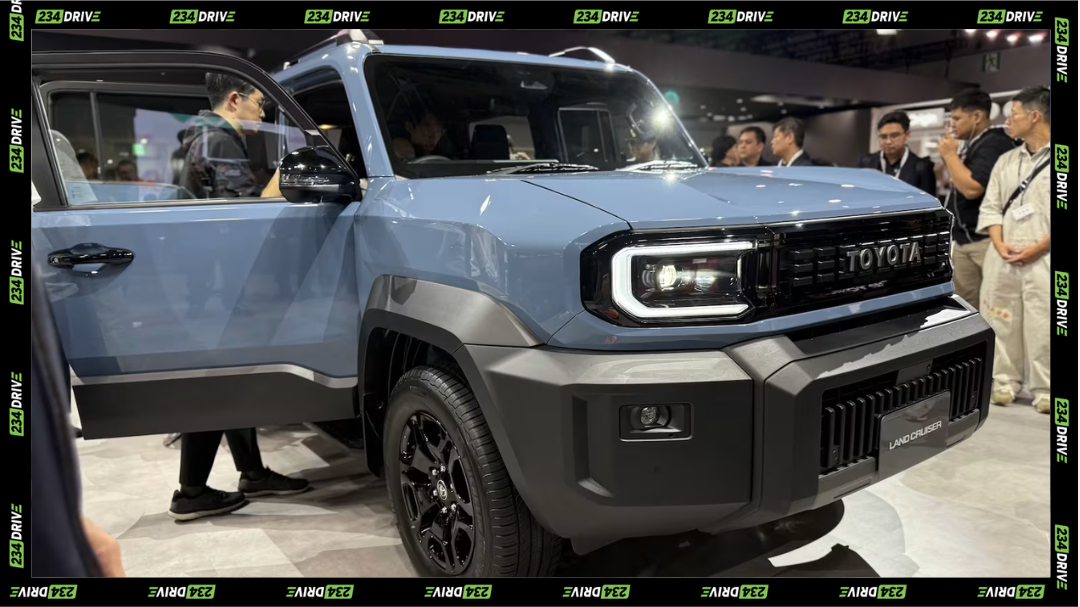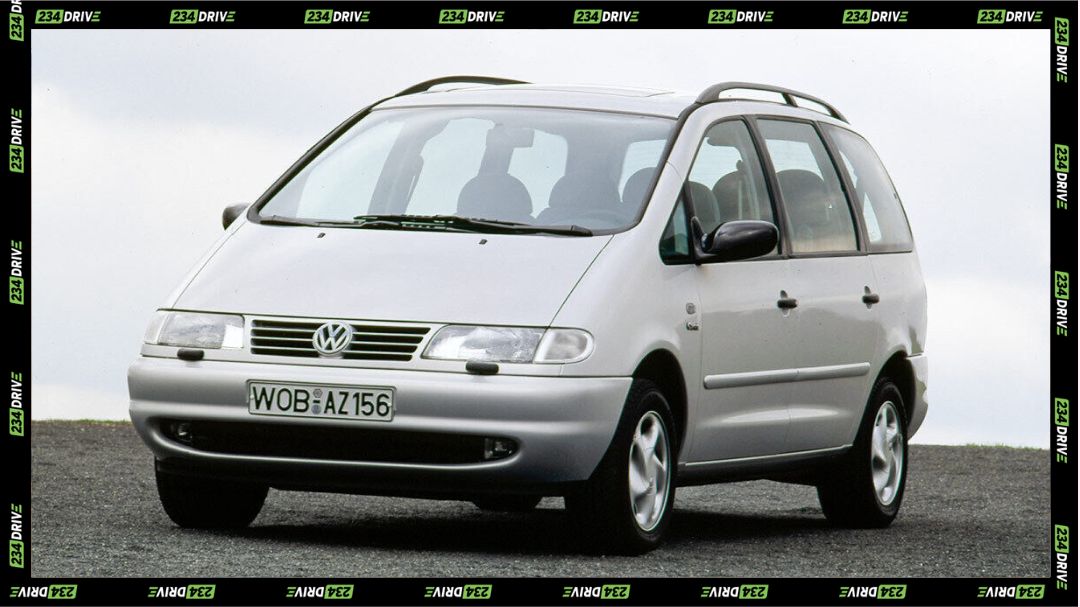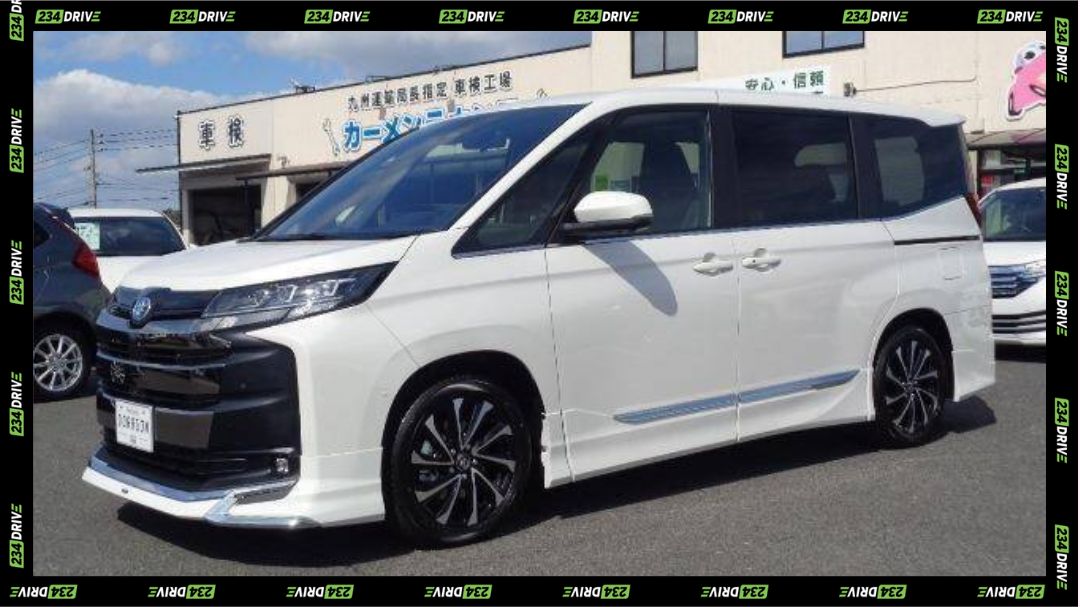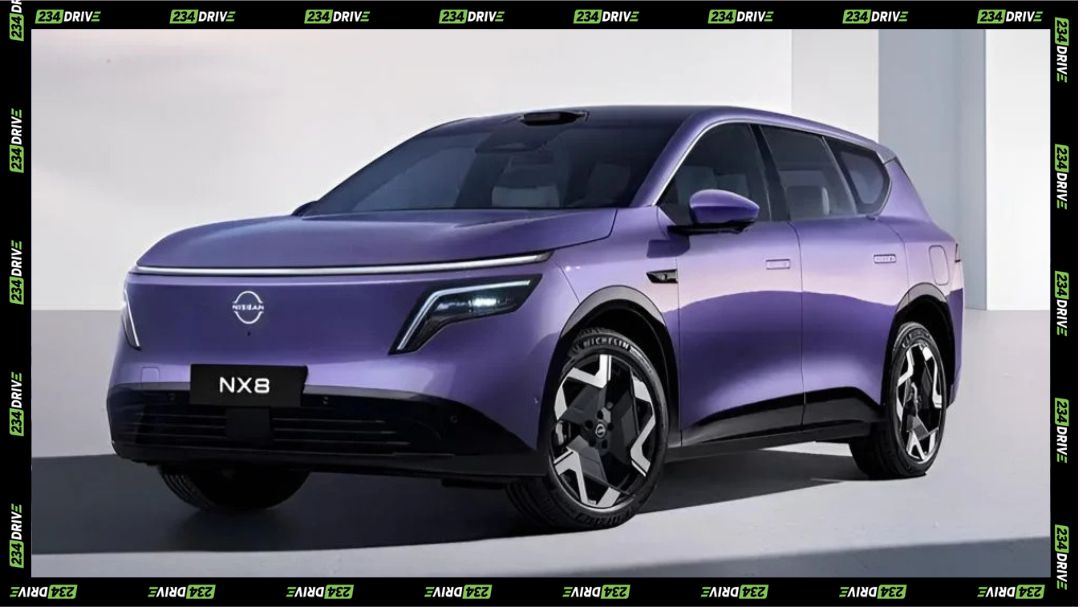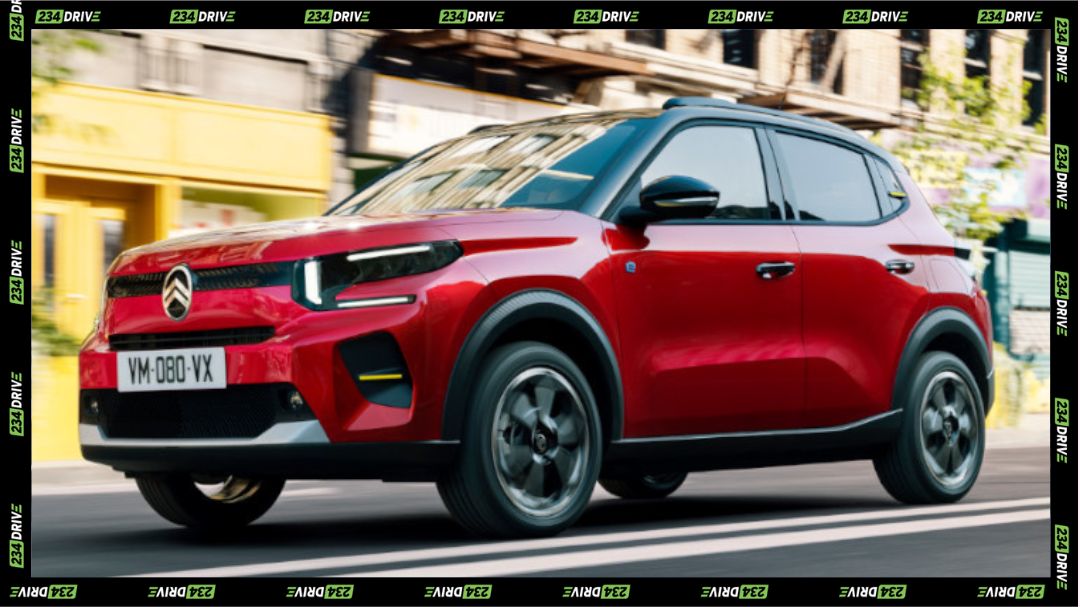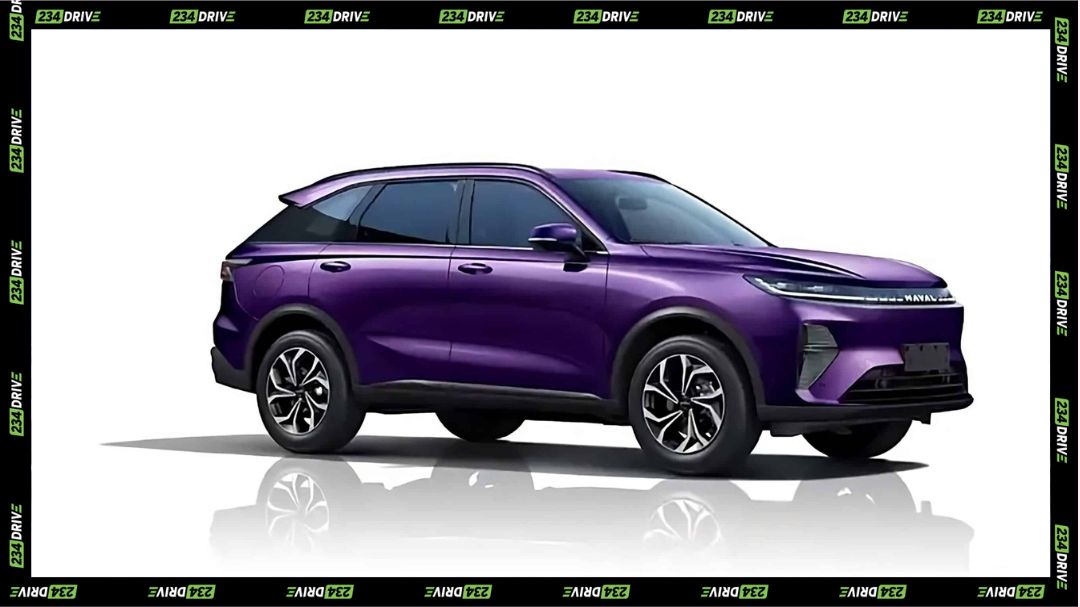When you think of reliable cars around the world, Toyota always comes to mind. Among its many models, the Toyota Camry stands out as the best-selling mid-size sedan. Over the past 42 years, this car has become a symbol of dependability and smart design. This article traces the journey of the Camry from its first launch to the latest model, highlighting how it changed with time. We’ll look at the design shifts, new tech, and what made each generation special.
The Birth of the Toyota Camry: Origins and Early Years (1982-1986)
The First Generation Camry: Japanese Roots and Market Introduction
In 1982, Toyota launched the first Camry for the Japanese market. It was a simple yet reliable car, made for everyday use. Back then, its looks were plain and unassuming. But it quickly gained praise for how dependable it was. The Camry became a hit, not just in Japan but also in the US and Australia. People loved it because it did its job without fuss.
Market Expansion and Adaptation
As demand grew, Toyota started exporting the Camry to America. They made a wagon version, which could carry more cargo. The car’s reliability made it popular among those needing a practical vehicle. The Camry even found a second home in Nigeria, where it helped Toyota become a well-known brand. Cars in Nigeria’s used market, often called tokunbo, started to feature the Camry early on.
The 1990s: Design Transformation and Market Expansion
Second Generation Camry: Boxy and Practical
In the 1990s, the Camry’s look changed a lot. It went for a boxy shape in 1987, trying to fit American tastes. It was longer, wider, and offered a V6 engine option for more power. The wagon remained, making it useful for families and small business owners. This generation also helped make Toyota popular for utility vehicles, especially in Nigeria.
Third Generation: Modern and Rounded
By the late 1990s, the Camry got a new look. It featured smooth curves and rounded edges, making it feel modern. People in Nigeria nicknamed it “Oro,” meaning it looked like a stunning piece of jewelry. This version was popular for its comfort and durability, solidifying the Camry’s reputation across markets.
The Rise of the Toyota Camry in Nigeria
The third-generation Camry really put Toyota on the map in Nigeria. It helped introduce Toyota’s reputation for reliable, long-lasting vehicles. The model also inspired local interest in sporty options. This stirred up a wave of accessories and customizations, like the two-door Solara and even convertible versions. These added more fun and style to the reliable Camry lineup.
The 2000s: Big Changes and Hybrid Innovation
Fourth Generation: The “Pencil Light” and Durability
As the 2000s rolled in, the Camry got a sharper look. Its design was flatter and shorter but wider. Nigerians called it the “Pencil Light” because of its narrow headlamps. Yet despite the new style, it kept its reputation for being a rock-solid, reliable car. People loved it for lasting long and rarely breaking down.
The 2002 Big Daddy Camry
In 2002, Toyota introduced a bigger, bolder Camry. It had larger engines, more interior space, and a sporty V6 version. This was called “Big Daddy” because it was really big and comfortable. It became an instant hit, especially with customers wanting a more luxurious ride.
The 2005-2006 Evolution: Fresh Design and Sporty Appeal
The Camry received a facelift in 2005-2006, making it look more modern. Toyota reworked the design, giving it a sporty, youthful look. The Solara returned with a fresh style, and the hybrid version started making waves. This improvement kept Toyota ahead of many competitors.
The Sixth Generation: The “Muscle” Camry
In 2006, Toyota released a new Camry with a muscular look. Its body lines looked strong and aerodynamic, earning it the nickname “Toyota muscle.” This version was considered the best-selling Camry ever, thanks to its bold looks and innovative hybrid tech introduced in 2012.
The 2010s: Technology, Competition, and Market Shakeups
Seventh Generation: Balancing Luxury and Performance
In 2012, the seventh-generation Camry combined style with tech. It featured a touchscreen entertainment system, reverse camera, and sporty editions with paddle shifters. This model looked sharp and premium, but faced tough competition from the Honda Accord. Still, it stayed popular for its comfort and features.
Facelift and Market Response (2015)
Toyota refreshed the Camry in 2015, giving it a more aggressive front end. The design changed significantly from the previous version, catching more eyes. Sales stayed strong, showing the model’s adaptability in a hotly contested market.
The Eighth Generation: Aggressive Styling and Innovation
In 2017, Toyota introduced an all-new Camry with bold, aggressive styling inspired by Lexus. It had a large grille, sporty touches, and a range of tech features. The sports edition, with a special look and colors, proved a hit among younger buyers looking for style and substance.
The 2020s: The Future of Toyota Camry
The Ninth Generation: Cutting-Edge Design and Technology
Expected in 2024, the latest Camry unveils a sleek, futuristic look. Slim LED lights, smooth lines, and modern grills give it a fresh appeal. It heavily emphasizes hybrid power, making it the flagship eco-friendly choice. Plus, you’ll find smart features like wireless charging and advanced safety tech.
Innovation and Connectivity
This new model will include systems like collision warnings, speed monitors, and driver-assist tech all integrated seamlessly. It’s built to keep you safe, connected, and comfortable in any environment.
Key Factors Behind the Camry’s Enduring Success
What keeps the Camry at the top? It’s simple—reliability, smart updates, and market awareness. Toyota stays ahead by listening to what customers want and keeping up with new tech. The balance of good looks, durability, and adapting to trends has made the Camry a favorite worldwide.
Actionable Tips for Buyers and Enthusiasts
- Pick the right Camry generation based on your budget and needs.
- Consider hybrid models for great fuel savings.
- Regular maintenance extends the life of any Camry—keep it clean, check fluids, and follow service schedules.
Conclusion
From the humble beginnings in 1982 to the sleek, tech-rich models of today, the Toyota Camry has come a long way. It’s a symbol of reliability and smart design that appeals across generations and countries. Each new version builds on the last, offering better style, comfort, and safety. Which Camry generation excites you most? Share your thoughts and experiences below. The Camry isn’t just a car; it’s a legacy built on trust and innovation.


